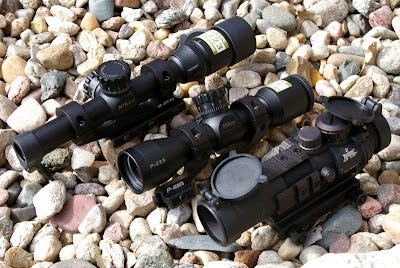Choosing the Right Scout Rifle AR Optic

Choosing the Right Scout Rifle AR Optic
According to the US Army Laboratory Command. (Small Arms Technology Assessment: Individual Infantryman's Weapon, Volume I, March 1990 - to be specific), 98% of all targets across all terrain are engaged at less than 600 meters, 90% less than 400 meters, and in urban terrain 90% less than 50 meters. With this in min…
Keep reading with a 7-day free trial
Subscribe to Major Pandemic - MajorPandemic.com to keep reading this post and get 7 days of free access to the full post archives.


